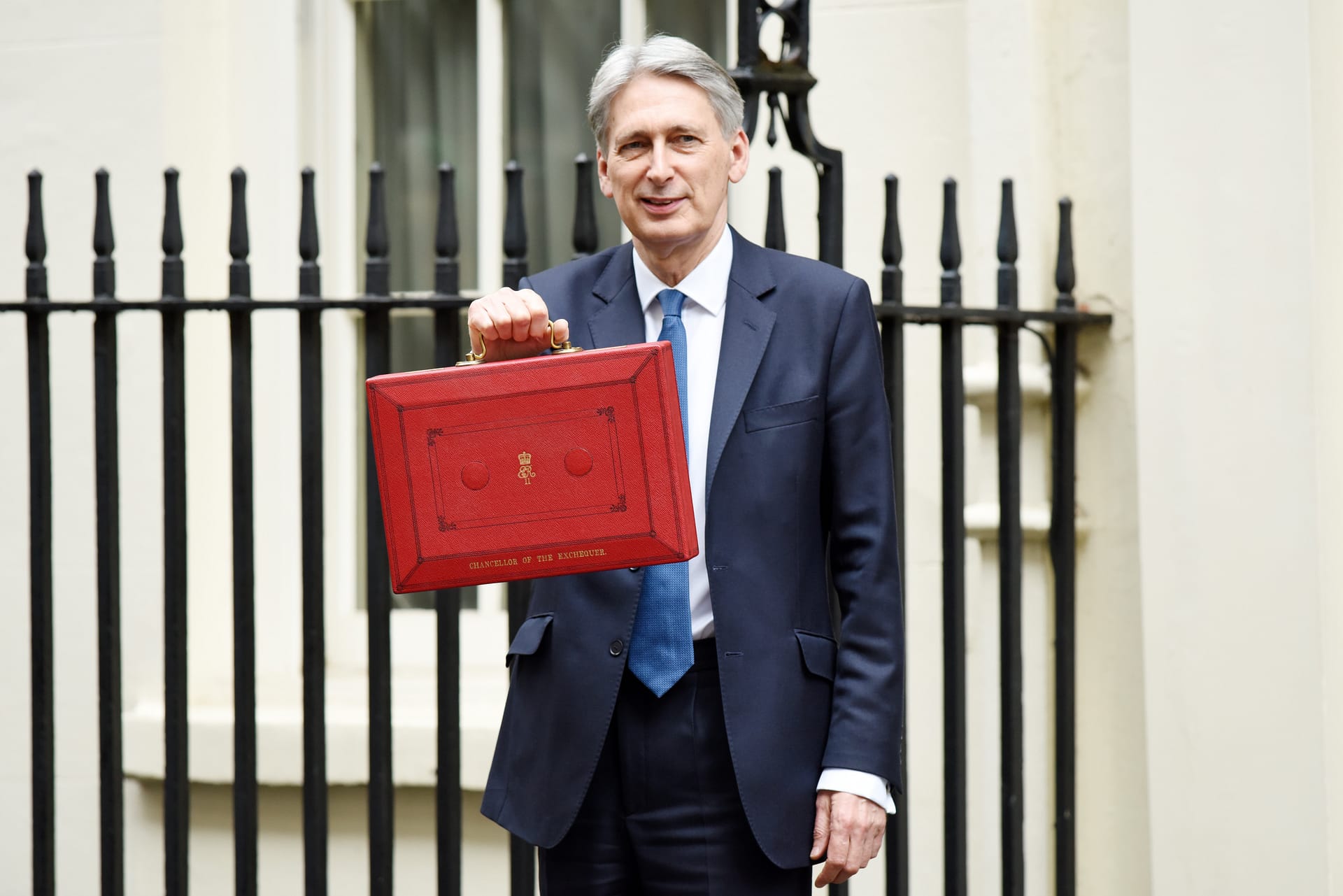A new report has revealed the daily impact of the coronavirus lockdown on the UK’s regional economies and highlighted which sectors are performing the strongest and protecting the UK from even greater damage, and which are suffering the worst.
The new UK Powerhouse study has been produced by national law firm, Irwin Mitchell, and the Centre for Economics & Business Research (Cebr).
Sectors
The report reveals that the UK construction industry has been particularly hard hit, with only accommodation and food (94% decline in GVA*), and manufacturing (65% decline in GVA) performing worse.
Construction is losing £301.5m a day and its GVA (gross value added) has fallen from £462.1m per day from before lockdown to £160.6 m a day – a decline of 65%.
The real estate sector has also declined from a GVA of £1097.6mper day before lockdown to £836.1m – a decline of 24%.
The picture for construction has been particularly difficult in Scotland, Wales and Ireland where unlike England, all construction sites have been closed and as a result, GVA has fallen by 90%.
In Scotland the sector had a daily GVA of £40m before the COVID-19 crisis and this is now down to £4m a day which is unsurprising given the tough lockdown measures imposed on the construction industry within Scotland and the inevitable fall in demand due to the wider economic crisis.
Table 1: Coronavirus lockdown impact in the UK by sector:
| GVA per day pre-corona virus, £m | Loss per day, £m | Remaining, £m | % lost | |
| Agriculture, forestry and fishing | 52.9 | 7.3 | 45.6 | 14% |
| Mining and quarrying | 46.9 | 28.0 | 18.9 | 60% |
| Manufacturing | 720.0 | 539.8 | 180.2 | 75% |
| Electricity, gas, steam and air conditioning supply | 105.8 | 20.1 | 85.7 | 19% |
| Water supply, sewerage, waste management and remediation activities | 94.0 | 0.0 | 94.0 | 0% |
| Construction | 462.1 | 301.5 | 160.6 | 65% |
| Wholesale and retail trade; repair of motor vehicles and motorcycles | 800.3 | 486.5 | 313.9 | 61% |
| Transport and storage | 316.9 | 158.7 | 158.2 | 50% |
| Accommodation and food service activities | 217.4 | 204.9 | 12.5 | 94% |
| Information and communication | 583.2 | 12.6 | 570.6 | 2% |
| Financial and insurance activities | 607.1 | 110.4 | 496.7 | 18% |
| Real estate activities | 1097.6 | 261.5 | 836.1 | 24% |
| Professional, scientific and technical activities | 630.4 | 149.8 | 480.6 | 24% |
| Administrative and support service activities | 410.0 | 81.7 | 328.4 | 20% |
| Public administration and defence; compulsory social security | 372.1 | 0.0 | 372.1 | 0% |
| Education | 450.9 | 207.8 | 243.1 | 46% |
| Human health and social work activities | 574.1 | -14.3 | 588.4 | -2% |
| Arts, entertainment and recreation | 261.2 | 113.9 | 147.3 | 44% |
| Total | 7,803.1 | 2,670.2 | 5,132.9 | 34% |
Source: ONS, Labour Force Survey, BRES, Cebr analysis
Despite the negatives above, the report does state that the UK has been in a relatively good position to face lockdown due a significant share of the economy being comprised of the financial and insurance services sector which is estimated to be experiencing a relatively low daily reduction in GVA of just 18%.
The report says this sector can largely be operated remotely and thus people have been working from home, albeit with some loss in productivity.
The report notes that this sector has also to an extent shielded London’s economy because although the city region has the greatest absolute reduction in GVA per day, its relative fall of total economic output of 28% is the lowest in the UK.
Other sectors such as agricultural, forestry and fishing, along with the information and communication sector, have also remained strong with a relatively low daily GVA fall of 14% and 2% respectively.
Regions
Turning to the regions the report also says that the London’s economy is currently losing £575m a day as a result of the coronavirus lockdown. However due to industry mix and the existing number of people that worked from home, the local economies in other parts of the UK are being impacted even more, with the East Midlands the greatest affected.
GVA loss per day across the UK region:
| Region | Total Loss per day £m | Total % Loss |
| London | 575 | 27.7% |
| South East | 393 | 34.7% |
| South West | 185 | 36.3% |
| East of England | 241 | 35.5% |
| East Midlands | 164 | 39.7% |
| West Midlands | 245 | 39.5% |
| North West | 279 | 36.7% |
| North East | 71 | 34.3% |
| Yorkshire and the Humber | 170 | 36.6% |
| England | 2,323 | 33.9% |
| Scotland | 214 | 35.7% |
| Wales | 79 | 36.5% |
| Northern Ireland | 49 | 38.4% |
| UK | 2,665 | 34.1% |
Source: ONS, Labour Force Survey, BRES, Cebr analysis
The East Midlands reliance on manufacturing, which is seeing a daily 75% fall in GVA, coupled with a relatively small professional services sector means its total loss as a proportion of its total economy is the greatest at almost 40%.
Adrian Barlow, National Head of Real Estate at Irwin Mitchell said, “Coronavirus is affecting sectors of the economy differently and this means that regional economies will recover at different rates when the lockdown restrictions are reduced. Given the massive impact on the construction sector and negative impact on real estate it is vital that these restrictions are lifted at the right time and the government supports different sectors accordingly and does not deviate from its crucial ’levelling up’ agenda.”
Working from home
As part of the analysis, the report looked at how well-prepared different regions of the economy were for working at home before the lockdown.
Overall, when considering the evidence for how well-placed employees in different regions are for being able to work from home amid the lockdown, the report says there appears to be a North-South divide with people in the South being more likely to have already been working remotely before the crisis, meaning that they have been able to continue their usual working patterns.
Daryn Park, an economist at Cebr said, “The impact of the UK’s lockdown strategy will not have a homogenous effect on the economy. Industries tend to cluster together, and hence certain regions are likely to weather the lockdown period better than others.
“London, for example, has a high concentration of financial and professional services that, to a greater extent, can continue operating under lockdown. The West Midlands in contrast has a high concentration of manufacturing which, as a result of a fall in demand for consumer products, has seen a subsequent fall in demand for manufacturing outputs, negatively affecting their economy.”
*GVA – Gross value added (total value of goods & services produced)






Leave a Comment